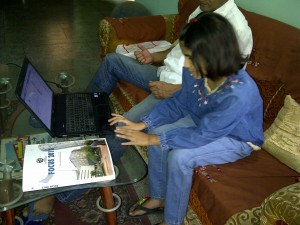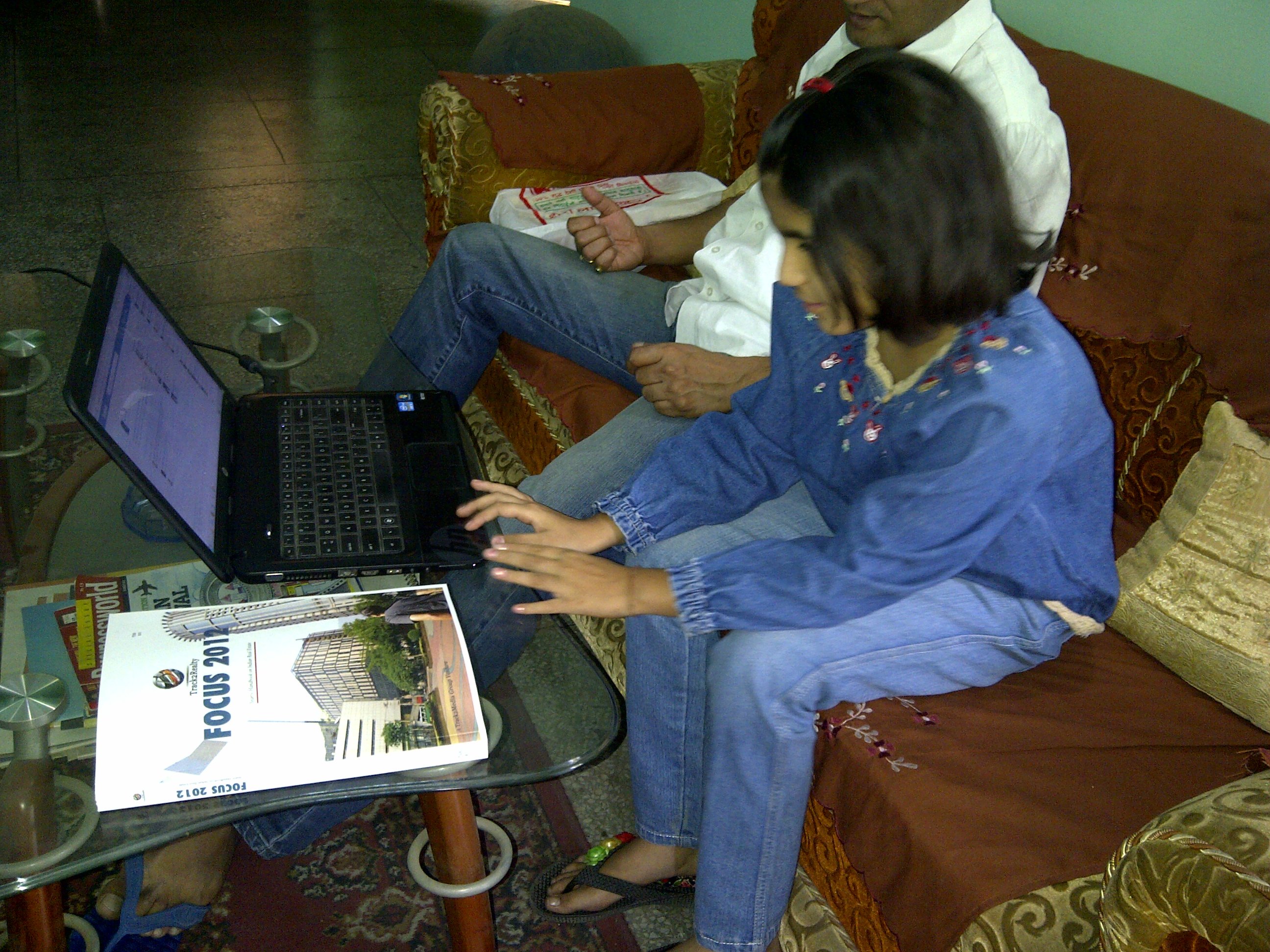Posted by Mahie Khan, Child Guest Editor on Children’s Day
 Track2Realty: You have specialization over energy efficient buildings. What are some of the best practices adopted globally?
Track2Realty: You have specialization over energy efficient buildings. What are some of the best practices adopted globally?
Jennifer Layke: The energy efficiency indicator study, which is the survey we have done globally among 4000 executives and decision makers who represent the commercial sector, industrial sector and institutional sector, identified four key best practices in terms of those organizations that were implementing the most energy management measures in their facility.
First of all, we found more activity among organizations that had set energy or climate targets for their organizations. The organizations were analyzing the data from their buildings more frequently. Organizations were adding more resources and capacity to their building to manageand produce energy savings and that could be in the form of hiring additional staff or could be in form of retaining energy consultants, so we did not differentiate whether they were internal or external resources. And then there were those organizations that were securing external financing, the organizations that went beyond their own capital budget or operating budgets in order to invest in energy efficiency.
Track2Realty: Do you find India lagging behind in adopting some of the best practices?
Jennifer Layke: No, I think it depends on the sector, the segment and the size of the organization, I think there are a lot of variables. One of the thing that was interesting after looking at the survey results, both last year and this year, we saw in India a variety of barriers that came up almost across the board. There were five categories and they range from awareness of opportunities all the way to the ability to find capital to pursue the projects.
In some of the more developed counties, like in US in particular, we saw that almost 38% of the respondents indicated that finding capital was their single biggest barrier. But in India, awareness of opportunities and the ability to assess those opportunity indicated that the market was relatively less mature just because most of the time the North American respondents indicated they had gone through all those challenges and were now at the financing challenge whereas India respondents indicated that they were still looking at how do you identify, evaluate and pursue projects.
Track2Realty: When it comes to real estate investment, most of the global players are looking at two markets – India and China. Since you have also seen the Chinese market, how would you differentiate the two respective market in terms of adopting best practices?
Jennifer Layke: China had implemented more measures among the leadership tier, the four factors that I identified. I think it was 13 measures among the top tier in China versus 10 measures in India. So there was a difference in spread and the number of measures implemented but I don’t have any more specific market to market data.
Track2Realty: When we say energy efficient building & smart buildings, I suppose it also needs smart facility management to take it forward. That brings to focus the business methodology of the developer-sale or lease model.
Jennifer Layke: Well, we don’t ask very in-depth questions about management practices and different ownership structures. So I won’t have a lot of data to share with you. One of the specific measures that we ask about is what are the specific actions that the respondents took in the past 12 months, in terms of the key measures that were implemented in India. One of the measures was increasing the rate of preventative maintenance scheduling. There are couple of other behavioral aspects that highlight for India, setting HVAC set points and controls adjustments as well as commissioning, all came up more highly here. In China, we did not see so many behavior related measures that came to the fore.
…to be continued





